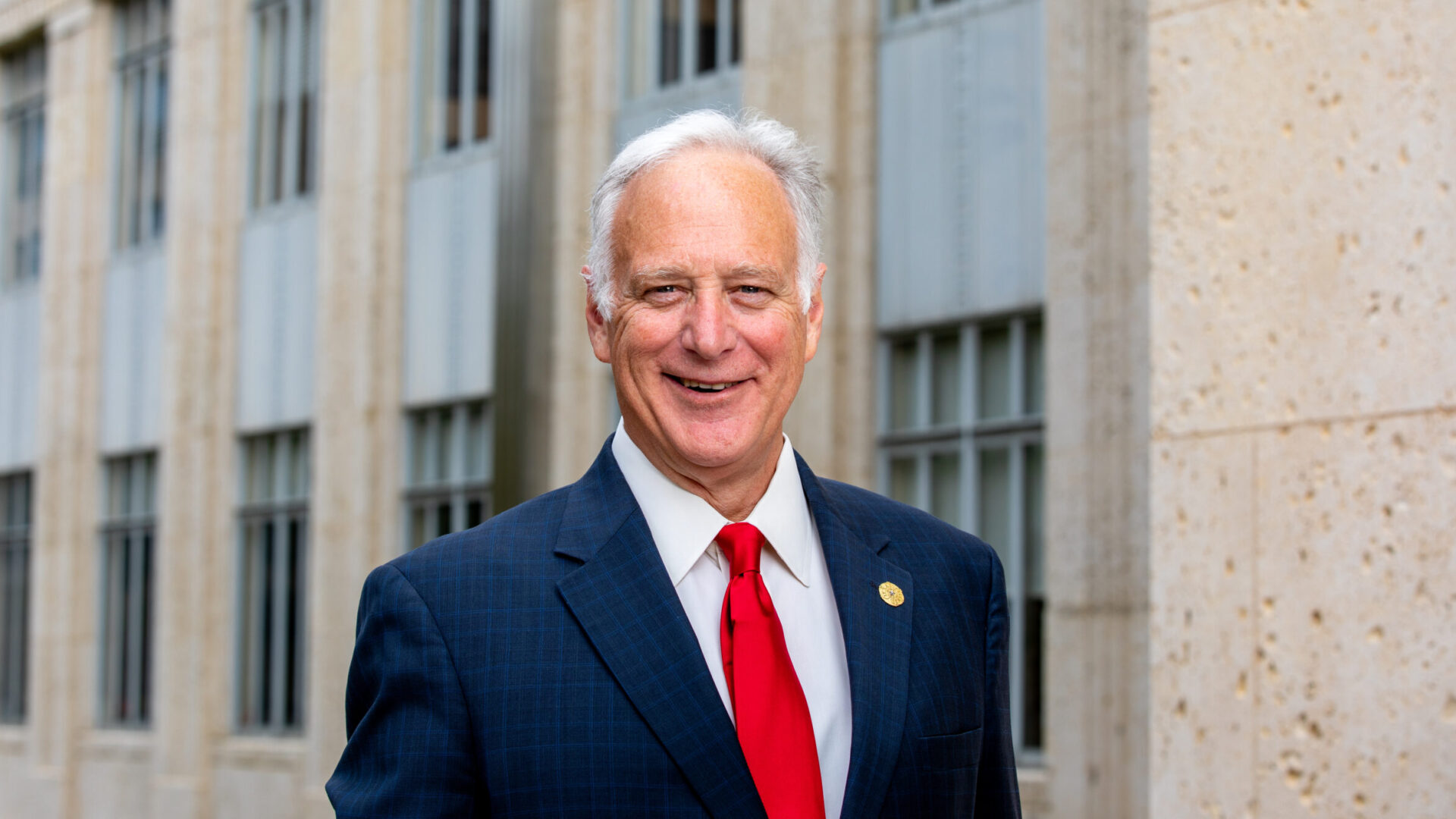Reading time: four minutes
Mmm, chocolate! Very soon, one of our most recognisable and iconic chocolates is going to have a slight identity change.
What’s happening?
Toblerone is a Swiss chocolate bar made with honey and almond nougat. It’s instantly recognisable thanks to its unique triangular peaks resembling the rolling mountains of the Alps.
Toblerone was first created in 1908, with the iconic Matterhorn (a mountain in the Alps) first appearing on the packaging in 1970, years after the Bernese bear and the eagle appeared on the chocolate’s packaging. The mountain has been one of the most recognisable symbols of Switzerland and for a while was commonly believed to have been inspiration behind the founder, Theodor Tobler, designing the chocolate bar’s iconic shape (although this has since been debunked by one of his sons).
Towards the end of 2023, some of the production of Toblerone is set to move to Bratislava in Slovakia. Mondelez, Toblerone’s overhead, says this is a response “to increased demand worldwide and to grow our Toblerone brand for the future”. However, due to laws on ‘Swissness’, the Matterhorn will have to be removed from the packaging. Reports suggest that the new packaging will instead include the founder’s signature, a new typeface, and a more generic mountain image, and will read “established in Switzerland” rather than “of Switzerland”.
Why is this important?
Stringent rules on so-called ‘Swissness’ have applied in Switzerland since 1 January 2017, following revisions to the Federal Act on the Protection of Trademarks and Indications of Source (simply, the Trademark Protection Act) of 1992. It states that the use of national symbols (eg, the Matterhorn), the Swiss flag, and the branding of goods and services being ‘made in Switzerland’ can only be used in very select instances.
Milk and dairy products must contain 100% Swiss milk for the products to be allowed to use Swiss symbols for advertising, and for other raw foodstuffs the threshold is at least 80%. Some exceptions exist for products that can’t be produced in Switzerland because of natural conditions (like Cacao) or where the materials aren’t available in sufficient quantity.
The reason for this is to protect the identity of Swiss products/services, to curb misuse of the Swiss brand, and to protect the reputation of Swiss goods manufacturers and service providers producing high-quality goods and services.
In the UK and EU (Switzerland isn’t a member state but a close associate through a series of bilateral treaties and membership of the single market), food and drink can be granted speciality status based on location of origin, manufacturing method or ingredients. This could also mean better prices for producers.
For example:
- only cheese originating in Greece that’s soaked in brine and strained without pressure can be called ‘feta’ cheese;
- only ham from blackfoot pigs that spend the last years of their lives eating acorns on Spanish or Portuguese pastures with old oak trees can be called Jamón Ibérico; and
- only sparkling wine produced in the Champagne region of France, where manufacturers follow specific vineyard practices, source grapes exclusively from designated places within the region, and use specific pressing and fermentation methods can be called Champagne.
This status guarantees a food or drink’s characteristics or reputation, authenticity and origin, and protects the product name from misuse or imitation.
What impact will this have?
It seems like a mixed bag.
On the one hand, ‘Swiss-made’ clearly sells products. In fact, studies have shown that the value of the Swiss brand could represent as much as 20% of the sale price for certain products, and as much as 50% for luxury items compared to the equivalent goods from other origins. For luxury products like watches, the fact that they’re Swiss-made is a clear indicator of quality due to the effort, expertise and craftsmanship that goes into making them.
That said, the ‘Swissness’ law and movement of some production to Bratislava will inevitably impact jobs for Swiss workers. In 2016, the Swiss economic policy expert Isabelle Schluep warned that the 2017 revisions could backfire by increasing company costs and bureaucracy, which in turn could put jobs at risk.
Switzerland is an expensive country to live in too. In fact, in Mercer’s 2022 Cost of Living City Ranking report, the Swiss cities of Zurich, Geneva, Basel and Bern ranked second to fifth, as the most expensive cities to live in. Like in the UK, Switzerland has a welfare system and benefits are payable to Swiss citizens and residents, but it’s not a lot and it only offers basic cover. So those living in these cities who lose production or manufacturing jobs over the strict rules on ‘Swissness’ or experience a drop in business will be significantly impacted.
Although Mondelez officials don’t believe that the change in the design of the packaging will affect sales, reflecting the support that Toblerone and Mondelez have earned by creating and selling excellent quality chocolate, it still raises the question – exactly how bothered will consumers outside of Switzerland be if the chocolate they’ve always associated with Switzerland no longer contains Swiss symbolism?
I think it’s difficult to say at this point, so let’s review this problem in 2024 when we can assess the full and lived impact of this change.



